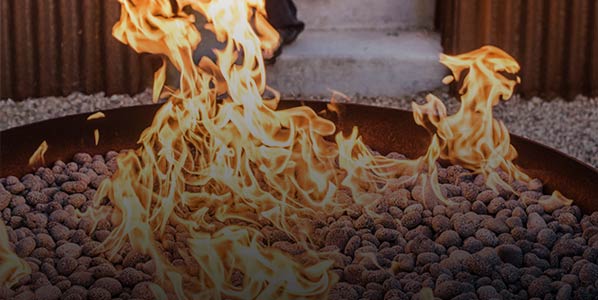Making The Most Of The Rain
 We're happy to say that our rain gauge was overwhelmed by our recent storms! No matter what the amount of rain we get this winter, we don’t want a single drop to go to waste. In order to replenish our precious underground aquifers, the rainwater must percolate through the soil rather than running off the surface. And while we cannot make it rain, we can make a difference in the amount of run-off.
We're happy to say that our rain gauge was overwhelmed by our recent storms! No matter what the amount of rain we get this winter, we don’t want a single drop to go to waste. In order to replenish our precious underground aquifers, the rainwater must percolate through the soil rather than running off the surface. And while we cannot make it rain, we can make a difference in the amount of run-off.
Under natural conditions, soil acts like a sponge, soaking up and absorbing much of the rainfall. Vegetation and leaf litter break the momentum of falling raindrops, allowing the water to filter gently through the air spaces between individual bits of soil. When the earth is exposed, parched, and compacted, it’s as if the soil sponge has been squeezed dry. The pores and pockets shrink and close off, and it is more difficult for water to penetrate.
As much as possible, then, we work to direct rainwater into the ground. Mulching in the fall will protect the soil from eroding during our winter rainy period. The mulch slows the velocity and allows the maximum amount of water to collect and soak into the ground. Landscaping with swales and berms also helps intercept run-off and channel water back into the garden instead of into the street. Lengthening the time that the water remains on the land allows it to slowly seep into the ground, rehydrate the soil, and recharge our depleted groundwater basins.
Making the best use of any rain that does fall turns that water into a resource – one that we sorely need.




